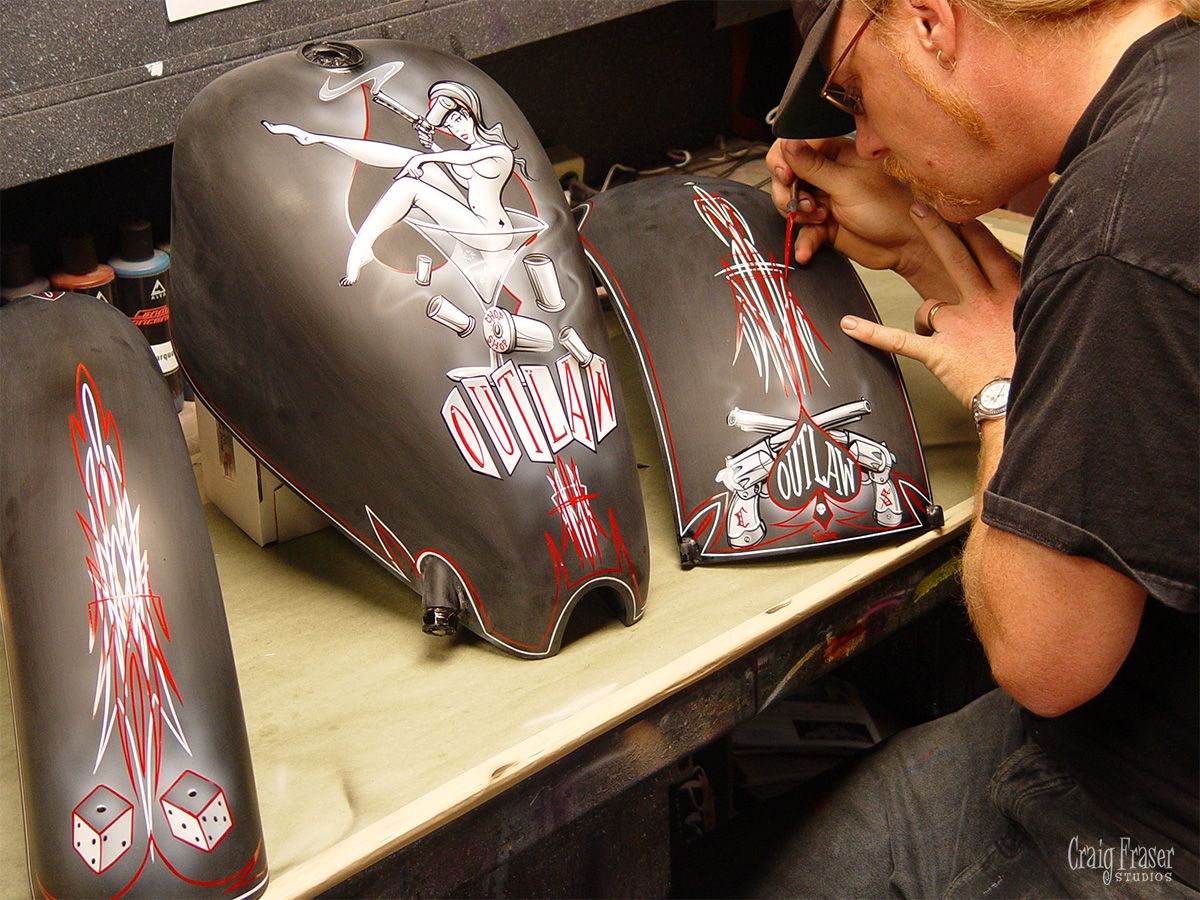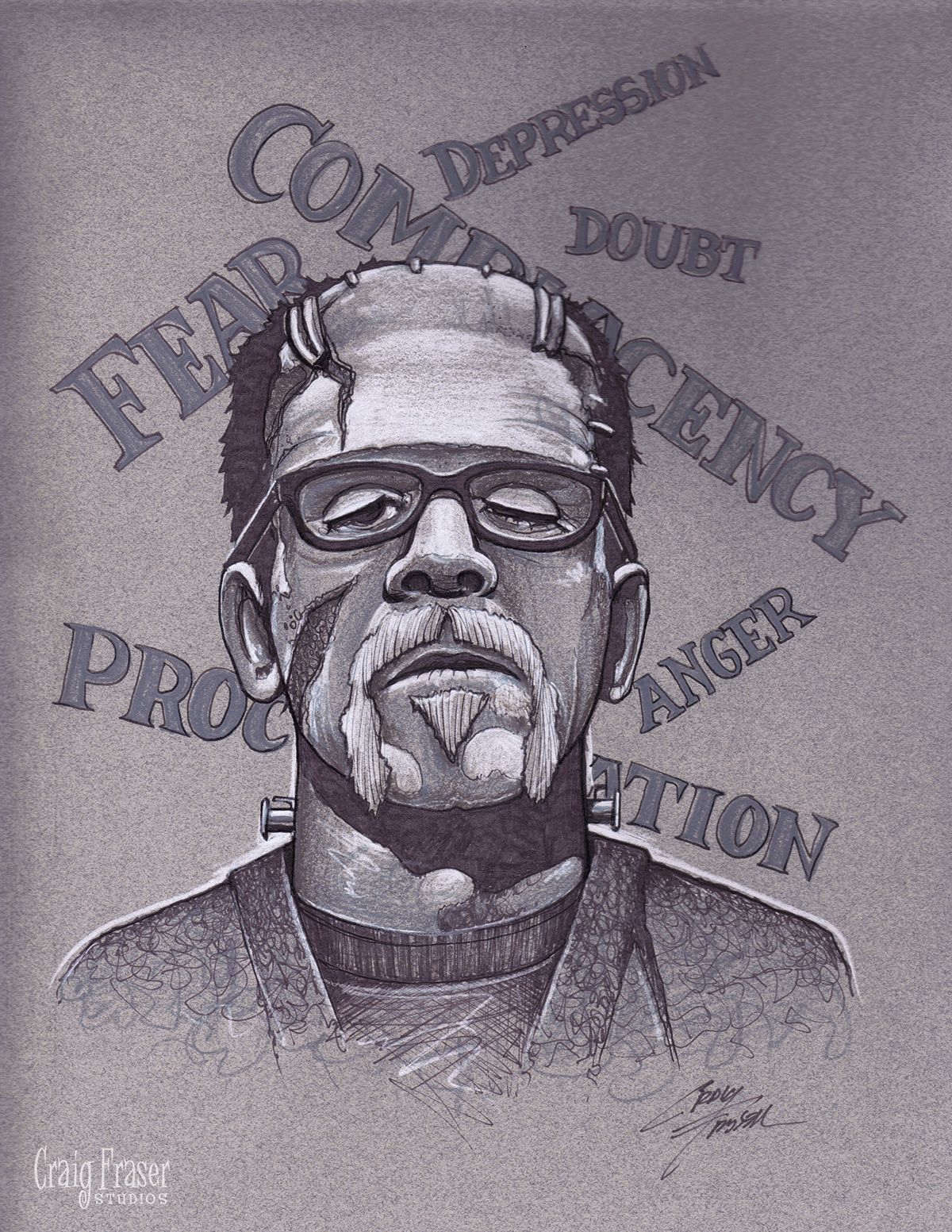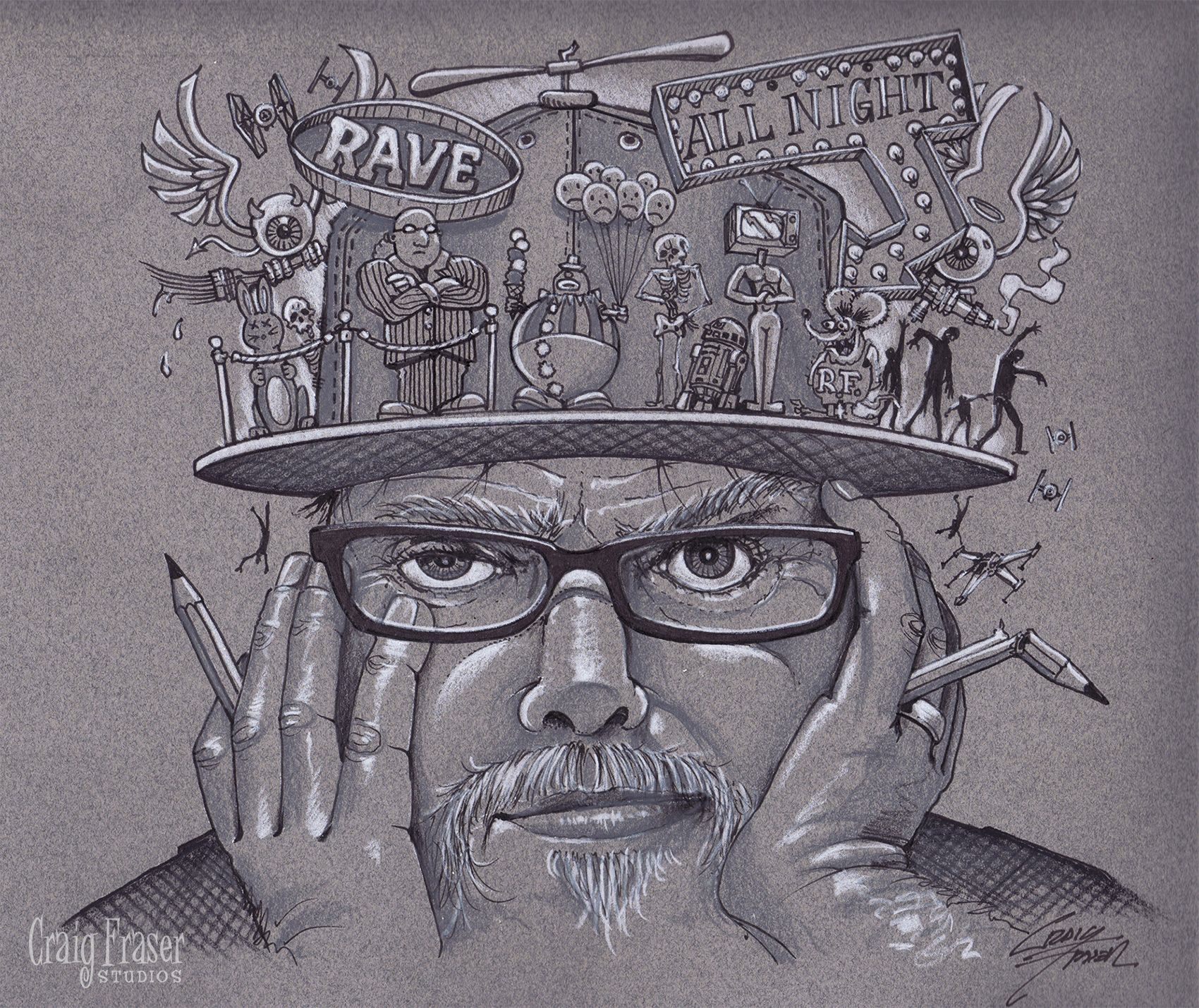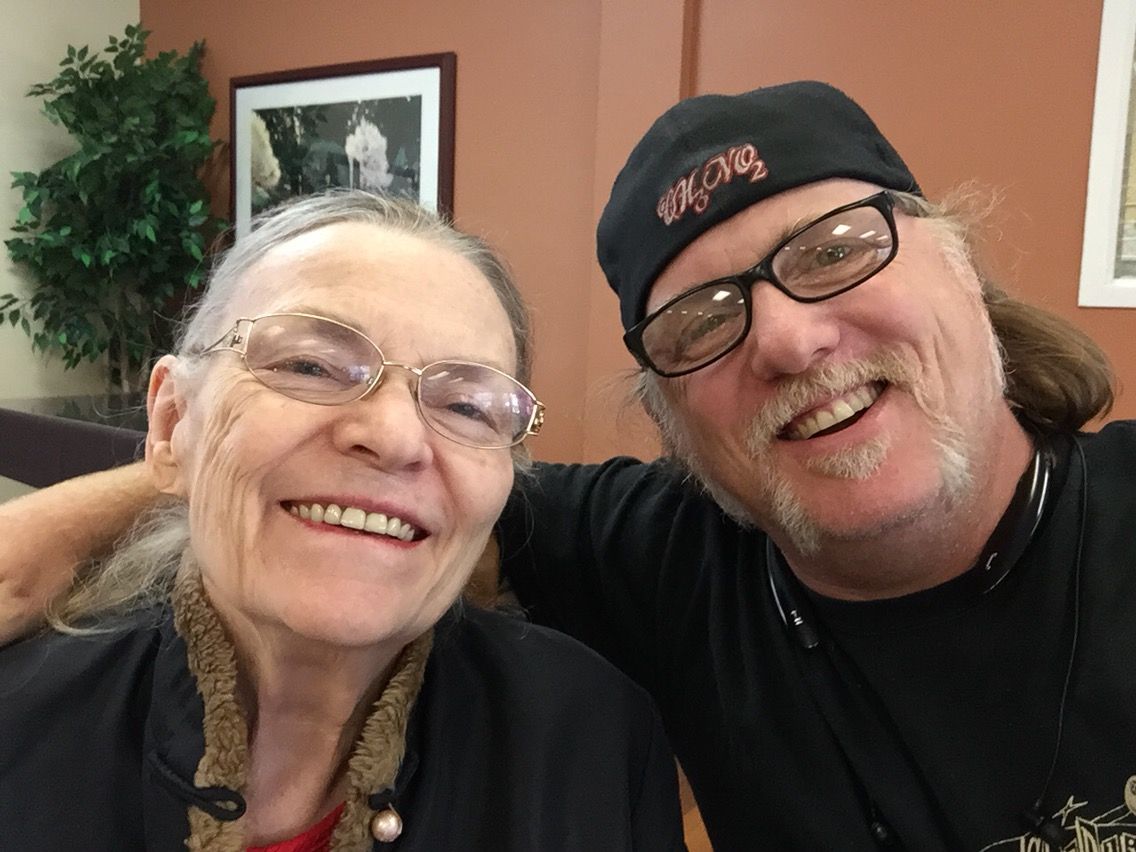In my previous blog I discussed one of the most common questions I receive from fellow artists and students alike: How to negotiate a price. In this blog I would like to bring up the second most popular subject that baffles artists and skilled laborers the world round: “Becoming the best”. Everyone wants to be the best at something in this world, but more often than not they don’t know how to go about it.
One of the first mistakes is to assume you can attain a level of perfection, or become the “best” at your craft. These are not just unrealistic, but false goals. Even if perfection were possible, in an industry that is constantly reinventing itself, perfection of any kind would be a boat anchor to change. I have always joked with my students that if any of them convinced the world that they were the best at something, then I would be the first person to raise my hand and say they’re not. (Not to be a jerk, just proving that an objective title such as “The Best” cannot exist in a subjective world of creativity). We should always give it our “best” knowing it will never be the “best” we can do.
For the sake of this blog, let’s use the word “proficiency” instead of “best”. Proficiency implies that one knows one’s craft, but admits to not knowing everything, therefore there is always room for improvement. This humble admission is the greatest step forward in becoming truly proficient and giving your best at any task.
Here are the 3 simple steps to proficiency:
- STEP 1: “Get good”.
I know what you’re saying. “Thanks Craig! Let me write that down, it’s sheer genius!” Hear me out first before you click to another blog. It’s the same concept as the joke about the 3 ways to get to Carnegie Hall: Practice, practice practice. Getting good means practice and lots of it. It entails endless hours of woodshedding and developing your craft. It costs time and money, not to mention quite a few failures along the way. This journey will be the first crucible you must undertake to discover if you even have the talent or desire to become proficient in your chosen craft. Between desire and talent, desire is the most important. In time talent can be learned, but desire or drive you have to be born with. If you are willing to sacrifice, work hard and practice you will eventually achieve your goal of getting good.
- STEP 2: “Get Fast”.
Not as easy as it may seem. (Just because a task appears simple do not assume it will be easy). Speed is not just about efficiency, or productivity, speed can be a style unto itself. Some techniques work best when sped up. For example, the physical momentum created at an increased speed can actually give a technique more flow, and continuity. Primarily I view speed as a tool to deal with ego. When one completes the first step of “Getting Good”, one can have a tendency to get a big head. Nothing puts things into perspective better than being thrown back in the “suck-zone” just by increasing one’s speed by a mere 20%. Treat it like increasing reps and weights at the gym. You speed up till the quality suffers, then you back off until you regain your quality and control. Over time this will prove to be a test in not just physical speed, but also in your ability to learn new techniques and how to simplify your process. This self improvement can be referred to as parallel growth. It allows you to pace yourself when you come to a creative wall in your “Good” quest.
- STEP 3: “Get Smart”.
Getting smart is exactly what it implies. Learning to work smarter instead of just harder. Getting smart is when you realize that you can finish 5 jobs simultaneously in the same time it took you to do 3 jobs consecutively, or back-to-back. Getting smart is about developing strategy in your creative process. It is about multi-tasking, mixing a color for 3 jobs instead of one and using one job to fuel another. Ever had a creative block on a project and spent hours starring at it? The trick is to go onto another project and not waste time dwelling on the first one. It’s like the S.A.T. Exams. If you get stuck on a question go onto the next, it will eventually come to you. (Usually when working on the next project). You’ll find by working smart and “round robining” your projects, you will not only avoid the classic artist’s block, but you will find yourself more motivated and creatively charged than ever before. As artist’s this 3-D method of thinking is an absolute necessity, especially concerning innovative creativity.
The thing you must realize about these three steps is that the process never really ends. Throughout your entire life you will never be good, fast, or smart about everything. It’s a path thing where the journey gives you exponentially more than just the destination. You’re not just stock-piling and filing away talents that you have perfected and moving onto the next. Each new challenge, failure and success is a direct cumulation of your past experiences.
As I stated earlier, none of us will ever attain perfection, nor become the best at any one thing. That’s not what this process is about. It’s about taking steps on a creative journey through an industry of constantly changing trends, techniques and styles. The steps keep you on track, motivate you to go a bit further and keep you humble. The steps are the journey.
I hope you’ve enjoyed reading this blog as much as I had writing it. I would love to read your comments, experiences, or suggestions concerning this topic. Please sign up for my newsletter and follow me on your favorite Social Media group.
-Craig Fraser







Great Blog people say it looks easy and it must be natural talent. I just say 99% sweat and 1% talent I usually get a puzzled look. I say no its the 1000 hrs in my shop that got me to this point. Also Craig thanks for the info on Noah University it’s a life and career changing program.
Couldn’t agree more. I feel talent and practice gets you to exactly the same place. Those who have a natural talent might get there a bit faster but that is all.
I have really enjoyed reading this article! Useful blog! I’ve just remembered when we met in Florence few years ago during your workshop.I was so young and without experience. You told me “practise,practise, practise!” It has been my way of life for the last 4 years. Lots of time spent to learn new techniques watching u and others famous artists. Spent money buying good tools and colors, develloped a strategy and held alive my desire to become a professional artist. Hard work!!some results arrive now.You teached me a lot! Thank you!!
The creative blog syndrome is my weakness. I always tend to start something, but towards the middle it just doesn’t look right so I abandon it. UInfortuantely it seems to bother me enough that I can’t seem to start another project until I figure it out. At that point doodling helps!
I assume you mean creative “Block” and not blog. ;-). If you don’t mind a suggestion, try breaking down your projects into individual tasks. This will help you figure out the weakness that is preventing you from confidently completing your project. It could be compositional in nature, or it could be an individual technique in the process that is throwing a monkey wrench in the overall project. I’ll be covering these trouble shooting techniques in future blogs. Thanks for your input. PM me if you have any other questions.
You rock man I enjoy ur outlook on life craig as an artist..your info and books fully inspire my daily…if I ever question what I do I just look you up and I get back motived..cheers
I really like and appreciate your blog post.